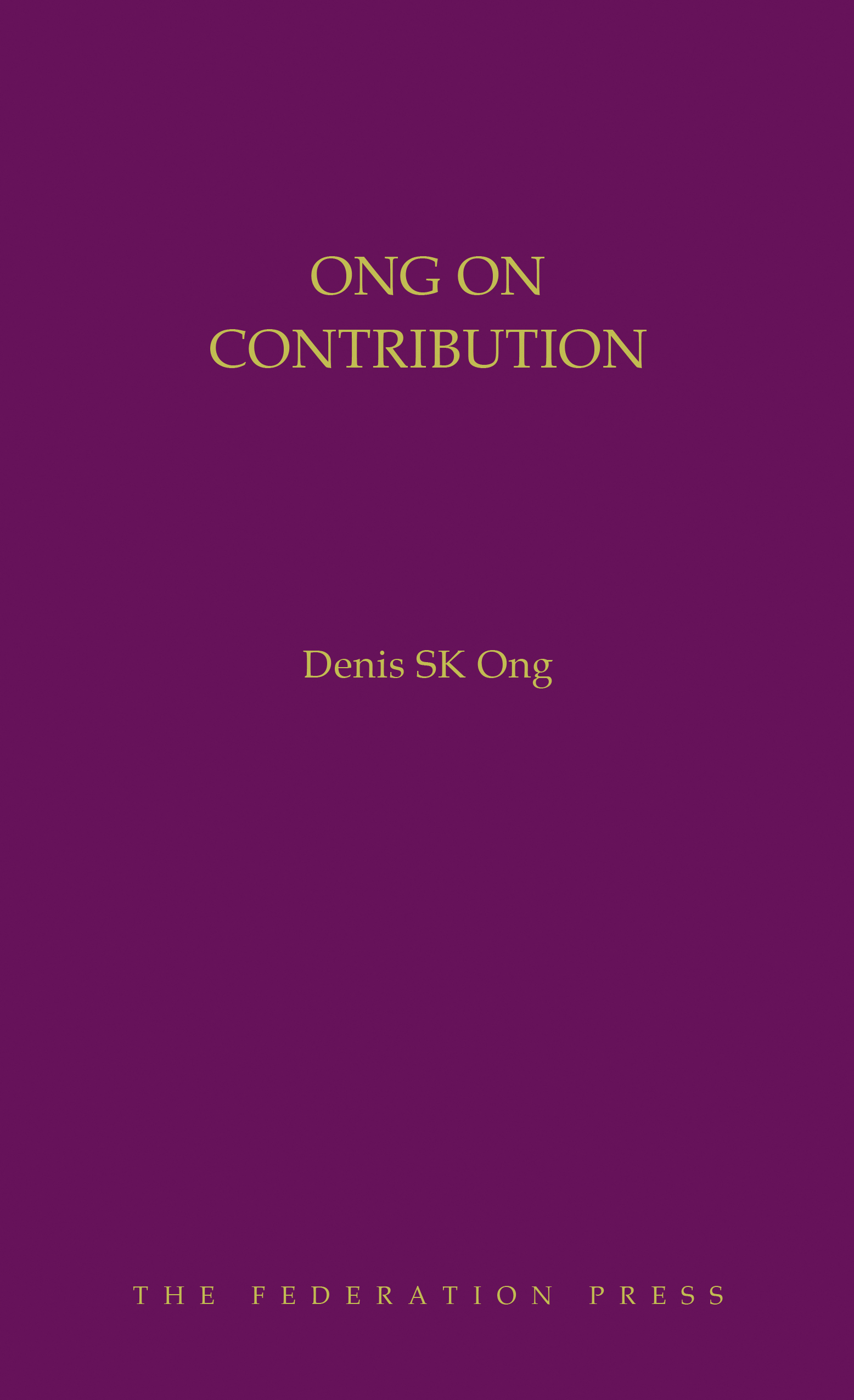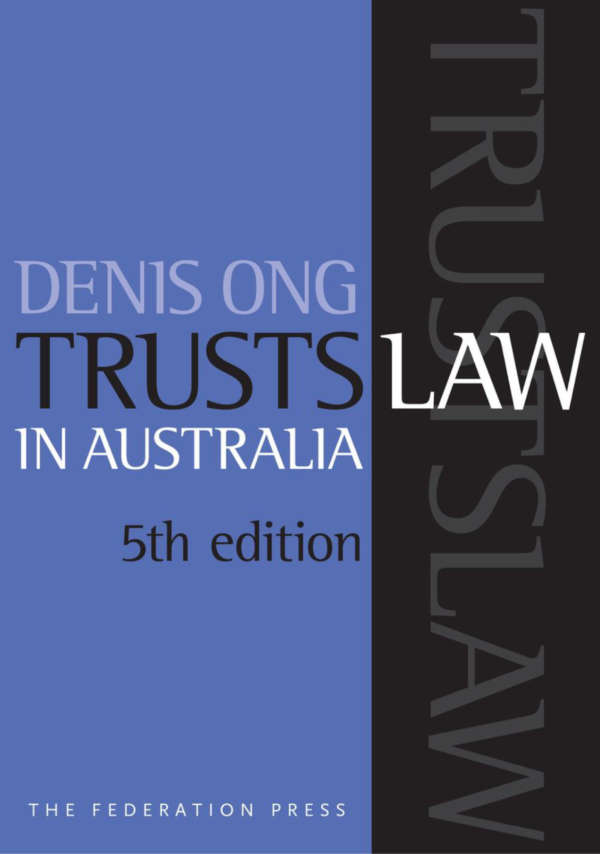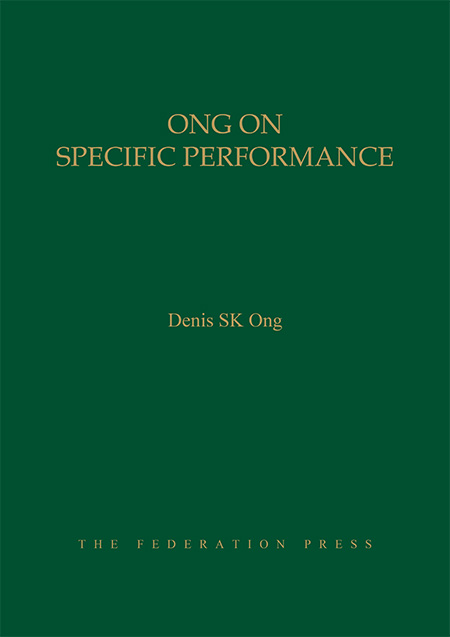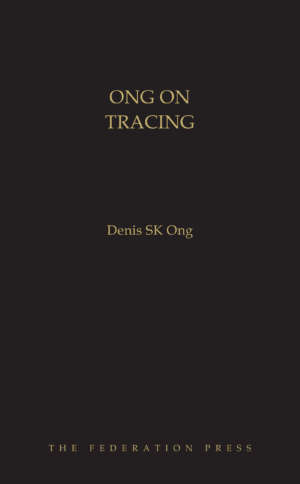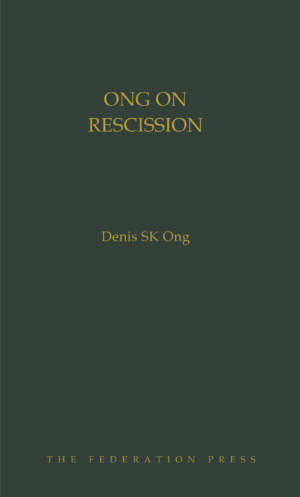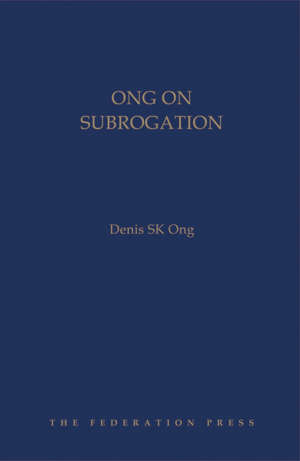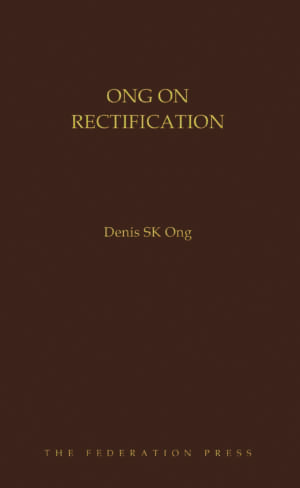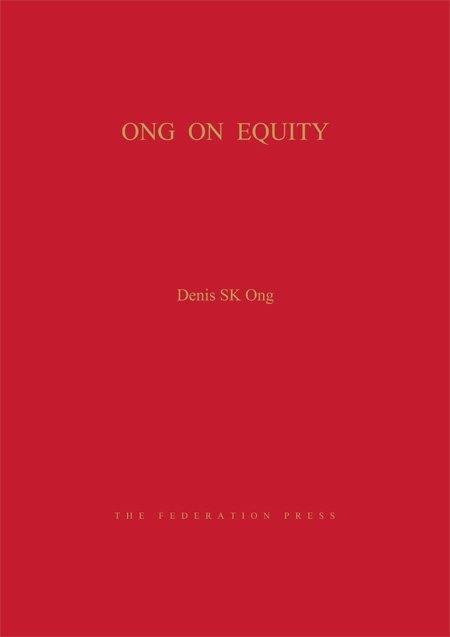Product Description
Ong on Contribution is Professor Denis SK Ong’s sixth treatise in the field of equity. With its rigorous, yet accessible, approach to this complex area of law Ong on Contribution is a perfect supplement to his earlier acclaimed works: Trusts Law in Australia (now in its 4th edition), Ong on Equity, Ong on Specific Performance, Ong on Subrogation and Ong on Rescission.
The text offers a thorough study of the doctrine of contribution at common law and in Equity (though it does not deal with contribution between tortfeasors). Topics addressed include: an exploration of the fact that co-ordinate liabilities are essential to the right of contribution; the right of contribution between co-sureties; the right of contribution between co-insurers; and the right to contribution in relation to bills of exchange.
As in his earlier works, the book offers a succinct exposition of all the key relevant principles of law, facilitated by a careful analysis of all the leading authorities. To assist the reader, the essential passages of judgments under consideration are reproduced.

